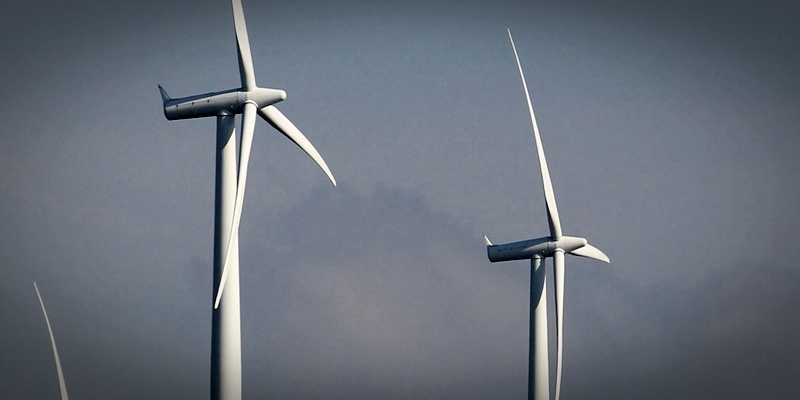Pleas from residents have failed to prevent an increase in the height of the controversial Calliacher wind turbines being approved.
Although councillors said they have reservations about Scottish and Southern Energy’s (SSE) proposals for the Amulree site, they claimed that any delay in making a decision would affect communities.
The 14-turbine development has consent from Scottish ministers after a lengthy and expensive public inquiry in 2010. At the end of last year, however, SSE returned with amended plans to increase the size of the structures by 10% to 109.8m, claiming that this would make the windfarm more productive.
At Wednesday’s meeting of Perth and Kinross Council’s development control committee, Craig Wallace of Jones Lang LaSalle, the agents acting on behalf of SSE, said: ”This project has a 25-year lifespan and we want to ensure that the maximum potential contribution from the development can be achieved.
”As a result of increasing the height of the turbines, the output would rise by some 19%.”
He added: ”There would be a significant benefit of this proposal to meeting Scottish Government renewable energy targets. This is deemed to be an acceptable change to the current scheme and SSE is looking forward to progressing with the proposals.”
Assurances were sought by Councillor Murray Lyle that the Perth energy firm would not return again with further plans to increase the turbines.
Mr Wallace told the committee that the height proposed was what had been deemed ”acceptable” after ”significant” research.
Attempts were made by Ian Kelly of Graham Sibbald to convince councillors to defer their decision to obtain more details about the development. He appeared on behalf of Glen Quaich and Garrows Estates, as well as the Amulree and Strathbraan Windfarm Action Group (ASWAG).
Mr Kelly said: ”The approach to the description of the development and the assessment of the development is fundamentally flawed. The application proposals are not going to add 10m to something that is already there.”
He added: ”The proposed development is the building of 14 turbines that are 110m high. Officers have also recommended approval, but with 68 conditions.
”If a development of a small windfarm really needs so many conditions to be attached to make it acceptable, then there is something far wrong with it in the first place.”
Questions were also raised by Councillor Barbara Vaughan about the ”cumulative effect” Calliacher would have on an area that is already home to or set to house several more windfarms, as well as part of the Beauly to Denny power line route.
Landscape architect Douglas Cook told her and Mr Kelly that he had studied the visual effect of the latest proposals and said that the difference was ”negligible”.
”What I have seen is that the most impact is going to occur within a 6km radius of the windfarm,” he said. ”The actual additional impact on this is fairly negligible.”
Moving to approve the report Councillor John Kellas told his colleagues that deferring their decision would ”achieve very little except increased cost”.
He did, however, call for stricter measures to be imposed on SSE to ensure that people living within the local community were not unduly disturbed by traffic movements of HGV lorries carrying components and tools.
He also requested that consultation be carried out within a wider area to ensure all those with the potential of being affected by Calliacher had their say.
Mr Kellas said: ”It is with regret, but I think that we should retain control over this.”
